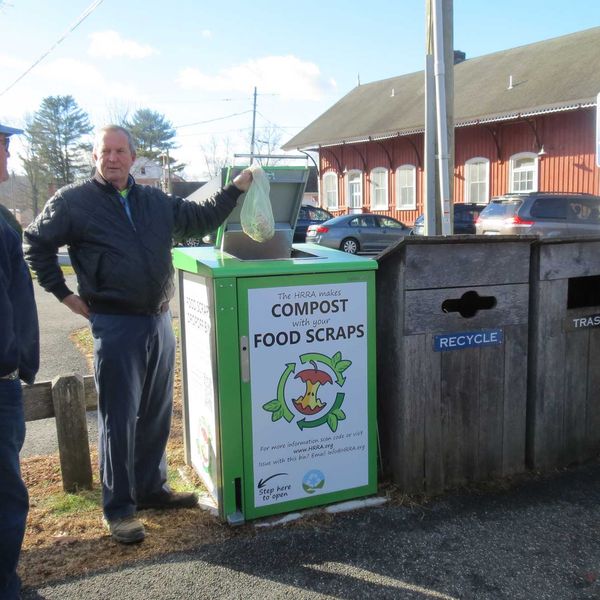Introducing Mongo: Fixed line meets big fish

Introducing Mongo, a largemouth bass caught last year with a fixed line rod. For perspective, the purple thing in the fish’s mouth is about 2 inches long.
Photo by Patrick L. Sullivan

 Attendees gather inside the current Norfolk firehouse to hear remarks during the groundbreaking ceremony for the department’s new facility.By Jennifer Almquist
Attendees gather inside the current Norfolk firehouse to hear remarks during the groundbreaking ceremony for the department’s new facility.By Jennifer Almquist






